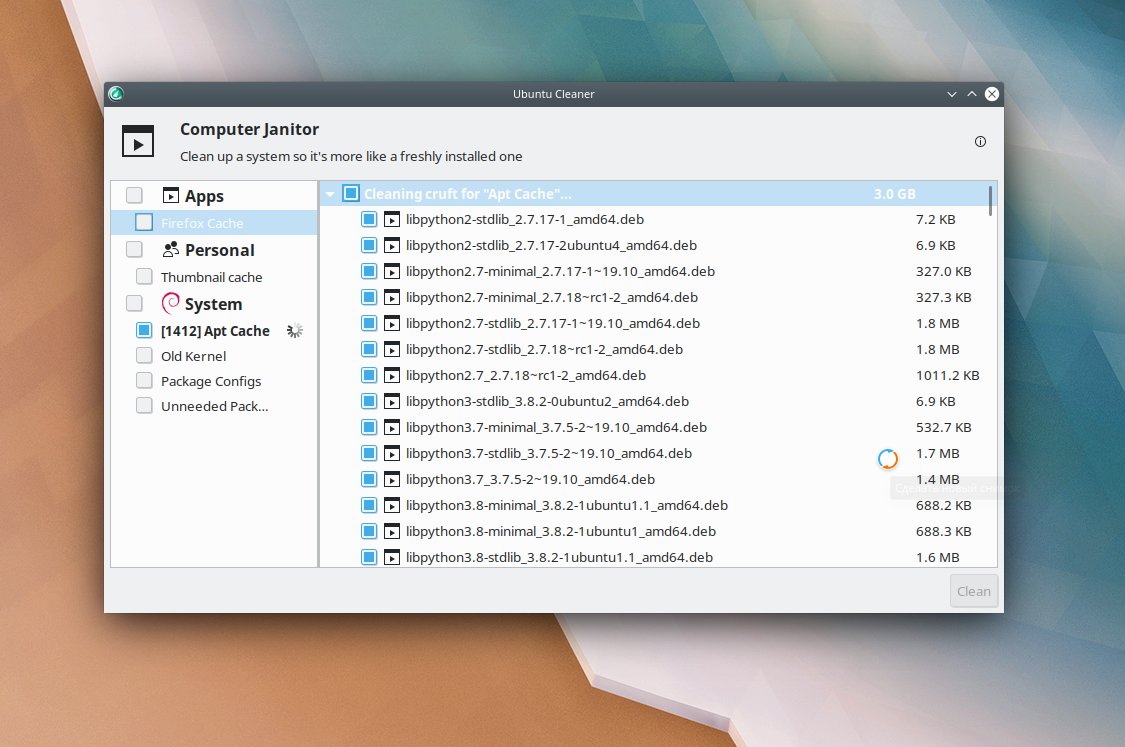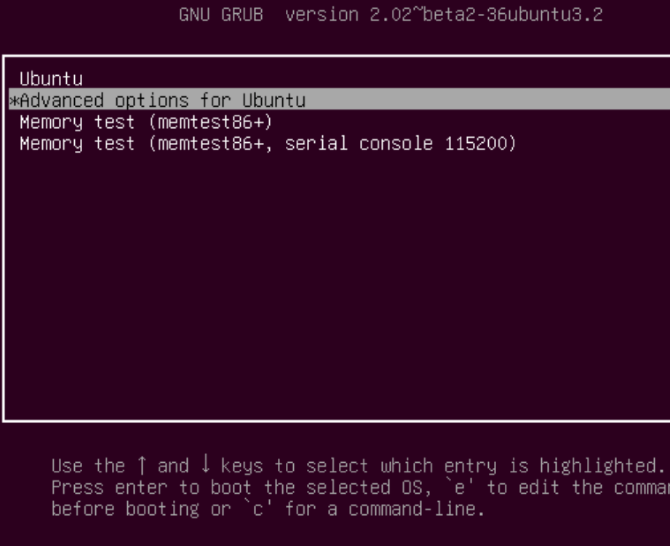Command Line Parameters
Command Line Parameters for Wmplayer
Windows Media Player supports a set of command line parameters that specify how the Player behaves when it starts. The following table details the parameters and their behaviors.
| Syntax | Behavior |
|---|---|
| «path\filename«(For example: wmplayer «c:\filename.wma» ) | Start the Player and play the file. |
| «path\filename» /fullscreen(For example: wmplayer «c:\filename.wmv» /fullscreen ) | Play the specified file in full-screen mode.You must specify the path and file name of the content to play. |
| /Device: | Play a DVD or audio CD. |
| «path\filename?WMPSkin=skin name«For example: wmplayer «c:\filename.wma?wmpskin=headspace» | Open the Player, applying the specified skin. |
| /Service:keyname | Open the Player showing the online store specified by keyname.Requires Windows Media Player 10 or later. |
| /Task NowPlaying | Open the Player in the Now Playing feature. |
| /Task MediaGuide | Open the Player in the Media Guide feature (current active online store in Windows Media Player 10 or later). |
| /Task CDAudio | Open the Player in the Copy from CD feature (Rip feature in Windows Media Player 10 or Windows Media Player 11). This parameter is not supported in Windows Media Player 12. |
| /Task CDWrite | Open the Player in the Burn feature.Requires Windows Media Player 10. |
| /Task MediaLibrary | Open the Player in the Library feature. |
| /Task RadioTuner | Open the Player in the Radio Tuner feature (current active online store in Windows Media Player 10 or later). |
| /Task PortableDevice | Open the Player in the Copy to CD or Device feature (Sync feature in Windows Media Player 10 or later). |
| /Task Services /Service servicename | Open the Player in the Premium Services feature, showing the service specified by the servicename parameter. This value is the unique name for the service. If the specified service has not been previously viewed, the servicename parameter is ignored. (Opens the specified online store in Windows Media Player 10 or later.) |
| /Task ServiceTaskX | Open the Player in the online store service task pane specified by X. For example, /Task ServiceTask1 opens the Player in the first online store service task pane. |
| /Task SkinViewer | Open the Player in the Skin Chooser feature. |
| /Playlist PlaylistName | Open the Player and play the specified playlist. |
| /Schema: | Open the Player, showing the specified media category. Requires Windows Media Player 11. |
Command Line Parameters for Wmpconfig
Wmpconfig.exe is used to execute certain commands in Windows Media Player that require administrator permission. Examples include the starting and stopping of browsing and sharing services and the enabling of exceptions in the Windows Firewall. The following table describes the possible values for the command line parameters.
| Syntax | Behavior |
|---|---|
| DisableHMEDevice MAC | Disables the device specified by a Media Access Control (MAC) identifier. |
| HMEOff Example: wmpconfig HMEOff | Disables the Windows Media Player Network Sharing Service. |
| HMEOn Example: wmpconfig HMEOn | Enables sharing, browsing, and the firewall exception. |
| RemoveHMEDevice MAC | Removes the device specified by a MAC identifier. |
| RestoreHMEDevice MAC | Restores the device specified by a MAC identifier. |
| SetDVDParentalLevel levelExample: wmpconfig SetDVDParentalLevel 3 | Sets the DVD parental control level. The level is specified as an integer. |
Command Line Parameters for Wmpnscfg
Microsoft Windows uses wmpnscfg.exe to alert users when media rendering devices are found on the network. Wmpnscfg starts the Windows Media Player Network Sharing Service (NSS) and then waits for notifications from the service. When wmpnscfg is notified that a new media device is available on the network, it displays a popup in the system tray that informs the user about the availability of the new device. If the user clicks the popup, wmpnscfg launches Windows Media Player, which displays a dialog box that asks the user to either allow or deny sharing with the new device.
Typically, Windows calls wmpnscfg with no command line parameters. However, there is one parameter available, described in the following table.
Управление Windows Media Player с помощью горячих клавиш
Ну какой же продвинутый мультимедийный плеер обходится без горячих клавиш? Никакой! А у Windows Media Player их столько, что можно управлять практически всеми функциями, не прибегая к помощи мышки.

Чтобы узнать, какие клавиатурные сочетания можно использовать, откройте Windows Media Player и вызовите справку нажатием F1. В появившемся окне введите запрос “горячие клавиши” – и сразу получите ответ.
Сочетаний много, все они хорошо знакомы, и охватывают большую часть управления плеером.
Но даже справка не отображает реальное состояние — горячих клавиш намного больше. Приведу таблицу клавиатурных сочетаний, которые можно использовать в Windows Media Player (извините, все будет по-английски):
Windows Media Player Hot Keys
Play or pause a file.
CTRL+P
Stop playback.
CTRL+S
Mute the volume.
F8
Increase the volume
F10
Decrease the volume.
F9
Play the previous item.
CTRL+B
Play the next item.
CTRL+F
Rewind.
CTRL+SHIFT+B
Fast-forward.
CTRL+SHIFT+F
Play faster than normal speed (time compression).
CTRL+SHIFT+G
Play at normal speed.
CTRL+SHIFT+N
Play slower than normal speed (time expansion).
CTRL+SHIFT+S
Search for items in your library that include the text in the Search box.
ALT+S
Display or hide album information.
ALT+I
Show or hide the List pane.
ALT, O, and then S
Enable the option to add items to the List pane by double-clicking them.
ALT, O, and then A
Enable the option to play all items in a playlist by double-clicking any item in the playlist.
ALT, O, and then P
Enable the option to play only the selected item in a playlist by double-clicking the item in the playlist.
ALT, O, and then I
Highlight items in the Details pane that contain media information for the selected sort order.
ALT, O, and then G
Choose the columns to be displayed in your library.
ALT, O, and then C
Display in the List pane a list of items to play.
ALT+L, and then W
Display in the List pane a list of items to burn to CD.
ALT+L, and then B
Display in the List pane a list of items to synchronize to a portable device.
ALT+L, and then S
Remove all items from the List pane.
ALT+L, and then C
Play items in the Now Playing list repeatedly.
ALT+L, and then R
Play items in the Now Playing list in a random order.
ALT+L, and then P
Shuffle items in the List Pane.
ALT+L, and then H
Sort items in the list by name, artist, album, rating, or file name.
ALT+L, and then S. Then use the arrow keys to select the information to sort by.
Edit items in the List pane by using the Edit Playlist dialog box.
ALT+L, and then U
Create in the List pane a new playlist or a new auto playlist.
ALT+L, and then N. Then use the arrow keys to select either a new playlist or new auto playlist.
Display in the List pane a playlist from your library.
ALT+L, and then E. Then use the arrow keys to select a playlist or open the Add to Playlist dialog box. Use the Edit by Using Playlist Editor command (ALT+L, and then U) to edit the playlist.
Save to your library a playlist that you changed.
ALT+L, and then A
Save to your library a new playlist that you created.
ALT+L, and then A
Rip music from a CD to your computer.
ALT+C
Stop ripping music from a CD.
ALT+S
Edit a playlist.
ALT+A
Start burning a CD.
ALT+B
Stop burning a CD.
ALT+S
Delete a selected item.
DELETE
Move to the next item in the list.
DOWN ARROW
Move to the previous item in the list.
UP ARROW
Refresh the information in the panes.
F5
Edit a playlist.
ALT+A
Start synchronization.
ALT+S
Stop synchronization.
ALT+S
Change synchronization settings.
ALT+C
Delete a selected item.
DELETE
Move to the next item in the list.
DOWN ARROW
Move to the previous item in the list.
UP ARROW
Refresh the information in the panes.
F5
Display the File menu.
ALT+F
Open a file.
CTRL+O
Specify a URL or path to a file.
CTRL+U
Close or stop playing a file.
CTRL+W
Create a new playlist.
CTRL+N
Edit the current playlist.
CTRL+D
Search specified locations for digital media files.
F3
Exit or close the Player.
ALT+F4
Display the View menu.
ALT+V
Switch to full mode.
CTRL+1
Switch to skin mode.
CTRL+2
Display the menu bar in full mode.
CTRL+M
Autohide the menu bar in full mode.
CTRL+SHIFT+M
Capture a still image from a DVD.
CTRL+I
Display video in full screen.
ALT+ENTER
Zoom to 50%.
ALT+1
Zoom to 100%.
ALT+2
Zoom to 200%.
ALT+3
Display the Play menu.
ALT+P
Play or pause playback.
CTRL+P
Stop playback.
CTRL+S
Use a fast play speed.
CTRL+SHIFT+G
Use a normal play speed.
CTRL+SHIFT+N
Use a slow play speed.
CTRL+SHIFT+S
Play the previous item.
CTRL+B
Play the next item
CTRL+F
Rewind a file.
CTRL+SHIFT+B
Fast-forward a file.
CTRL+SHIFT+F
Shuffle the playlist.
CTRL+H
Repeat the playlist.
CTRL+T
Turn on or off captions and subtitles.
CTRL+SHIFT+C
Increase the volume.
F10
Decrease the volume.
F9
Mute the volume.
F8
Eject the CD or DVD.
CTRL+E, select CD or DVD drive by using arrow keys, and then press ENTER
Display the Tools menu.
ALT+T
Search specified locations for digital media files.
F3
Display Windows Media Player Help.
F1
Display the anchor window menu.
ALT+F6 to focus on the anchor, then ALT key again Switch to full mode.
Open or play a file.
CTRL+O
Specify a URL or path to a file.
CTRL+U
Apply a skin.
ALT+A
Access and download more skins.
ALT+S
Delete a selected skin.
DELETE
Display the shortcut menu.
SHIFT+F10
Browse through the shortcut menu.
SHIFT+F10, arrow keys
Close the shortcut menu.
ESC
Open a file.
CTRL+O
Specify a URL or path to a file.
CTRL+U
Shuffle the playlist.
CTRL+H
Repeat the playlist.
CTRL+T
Increase the volume.
F10
Decrease the volume.
F9
Mute the volume.
F8
Play or pause playback.
CTRL+P
Stop playback.
CTRL+S
Play the previous file.
CTRL+B
Play the next file.
CTRL+F
Switch to full mode.
CTRL+1
Display Windows Media Player Help.
F1
Евгений Зарубин в письме меня спросил, есть ли способ изменить эти клавиатурные сочетания? Способа изменить все горячие клавиши, не вмешиваясь грубо в реестр, я не знаю, но основные, касаемые управления воспроизведением, изменить все же можно с помощью плагина WMPKeys. После установки и активации плагина в его настройках можно поменять 12 горячих клавиш.









